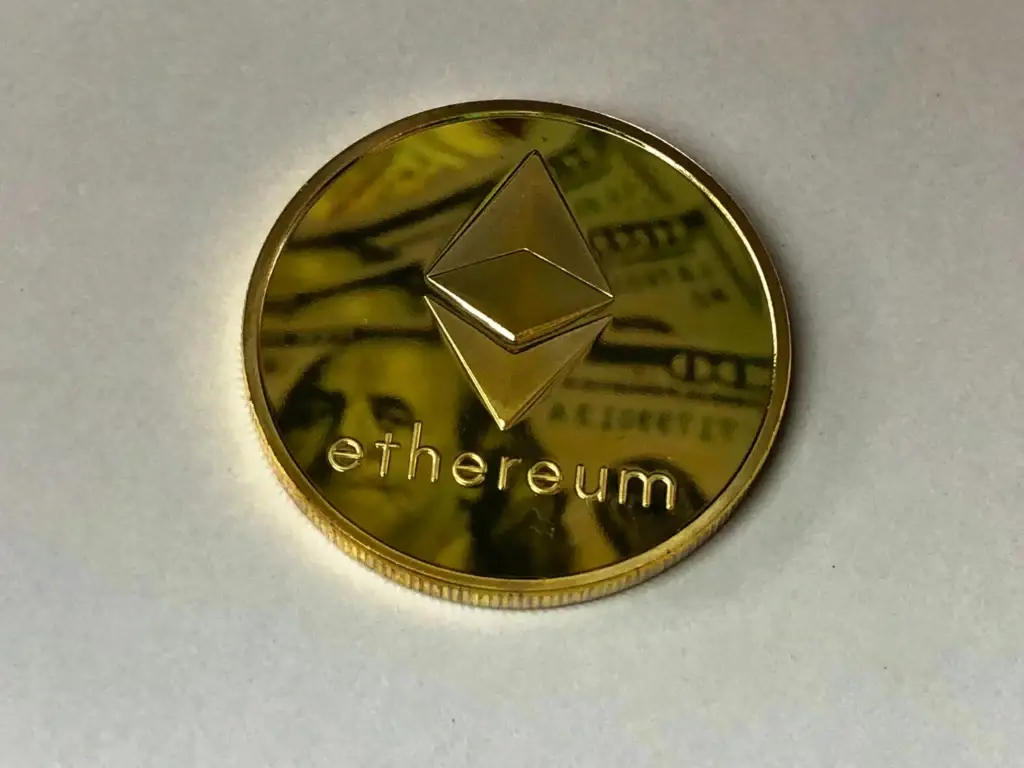Ethereum is one of the most talked-about crypto-currencies of recent years. Since its launch, it has continued to prove its worth on the market. Today, the question of whether or not to buy Ethereum is particularly acute due to a number of factors, including technical improvements, network stability and new usage prospects. Unlike bitcoin, Ethereum offers more opportunities for developers and investors thanks to its ecosystem of smart contracts and DeFi.
Why you should consider buying Etherium today
Etherium is now a platform in its own right for decentralised applications. Technological changes – the move to Ethereum 2.0 – increase scalability and security, attracting new investors. The reduction in issuance following the move to proof-of-stake makes assets rarer, which can increase their value. News of Efirium’s integration into various financial systems is also important, making it a relevant investment.

Efirium price forecasts
The value of Efirium is subject to significant fluctuations, which is typical of crypto-currencies. However, experts believe that the long-term trend for Ethereum is positive due to the growing popularity of smart contracts and the development of decentralised finance (DeFi). Analysts’ forecasts for Ethereum are as follows: by the end of the year, the price could rise significantly, particularly after the full implementation of Ethereum 2.0. It’s important to bear in mind that there are always risks, so invest with full knowledge of the facts.
Ethereum or Bitcoin: which to invest in today?
One of the most popular questions among novice investors. Bitcoin remains today’s leading crypto-currency, often referred to as ‘digital gold’, while Efirium is a platform for creating decentralised applications. Investing in crypto-currencies depends on the investor’s objectives. Ethereum offers flexibility thanks to smart contracts and a large number of DeFi projects, making it an attractive long-term investment. Bitcoin is more stable, but Ethereum offers greater growth potential.
Where can I buy Ethereum today and how can I store it?
 There are several platforms available in Russia, including the leading exchanges Binance and Coinbase. When buying crypto-currencies, it is important to choose a proven platform that offers low commissions and a high level of security. Once purchased, it needs to be stored securely.
There are several platforms available in Russia, including the leading exchanges Binance and Coinbase. When buying crypto-currencies, it is important to choose a proven platform that offers low commissions and a high level of security. Once purchased, it needs to be stored securely.
A wallet for Efirium can be custodial (such as online wallets managed by an exchange) or non-custodial (physical wallets such as Ledger or Trezor). Physical wallets are recommended for long-term storage as they offer maximum security.
The transition to Ethereum 2.0: what it means for investors
A major upgrade to improve network scalability and security. The move from Proof-of-Work to Proof-of-Stake significantly reduces energy consumption, making Ethereum more environmentally friendly. For investors, this means fewer emissions and a potential increase in value. Ongoing changes aim to improve the user experience and increase the number of transactions per second, making Ethereum more attractive to use and invest in today.
Ethereum tax in Russia: what you need to know
Profits from trading crypto-currencies in Russia are subject to tax. For individuals, this means that they must declare their income and pay a 13% tax. Failure to comply with tax obligations can result in penalties, so it’s important to be aware of this when investing in Ethereum. Tax is an important part of financial planning when it comes to crypto-currencies, and consulting a financial professional can help you avoid problems.
Investing in crypto-currencies today: pros and cons of Ethereum
Investing in crypto-currencies, particularly Ethereum, has its advantages and disadvantages.
Advantages:
- High liquidity.
- Opportunity to participate in DeFi.
- Potential for value growth thanks to the development of the ecosystem.
- Use of smart contracts to automate and improve processes.
- Active development and support of the project by developers and the community.
Disadvantages:
- Volatility.
- Regulatory risks.
- High costs in the event of network congestion.
- Competition from other blockchains offering lower costs and higher transaction speeds.
Statistics show that Ethereum is capable of significant growth, but the decline can also be sudden and significant. Ethereum remains an attractive asset today, but to mitigate risk it’s important to spread investments and keep a close eye on market news.
So, should you buy Ethereum now?
 Purchasing can be a good investment because of the development and introduction of new technologies. Efirium currently offers opportunities to earn money, whether through long-term investments or participation in DeFi projects. However, investments always involve risk, so it is important to assess how far you are prepared to take any losses. For those who believe in the future of blockchain technology, buying Ethereum is a step towards innovation and possible future profits.
Purchasing can be a good investment because of the development and introduction of new technologies. Efirium currently offers opportunities to earn money, whether through long-term investments or participation in DeFi projects. However, investments always involve risk, so it is important to assess how far you are prepared to take any losses. For those who believe in the future of blockchain technology, buying Ethereum is a step towards innovation and possible future profits.

Ethereum is one of the most important assets in the crypto-currency market, constantly evolving and offering users new opportunities. Today, when the world of decentralised finance is just beginning to take off, investing in Ethereum looks particularly promising. Given the growing number of applications based on this currency and the move to Ethereum 2.0, interest in this currency is only growing. A key advantage is the ability to use smart contracts for various transactions, which creates enormous potential for growth and expansion of the ecosystem.
 en
en  de
de  ar
ar  es
es  hi
hi  fr
fr  nl
nl  it
it  pt
pt  el
el 



